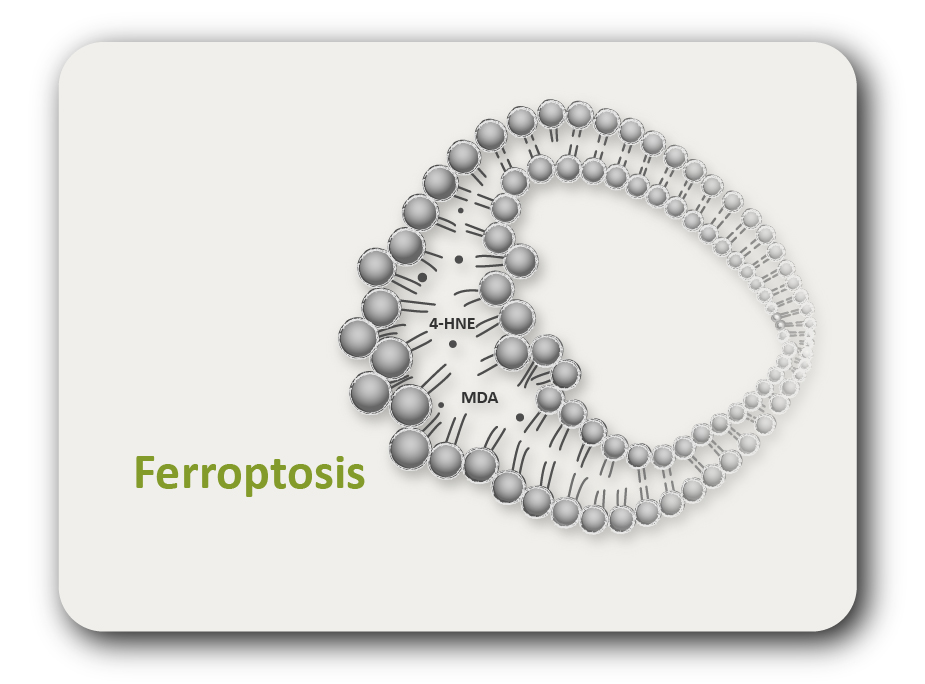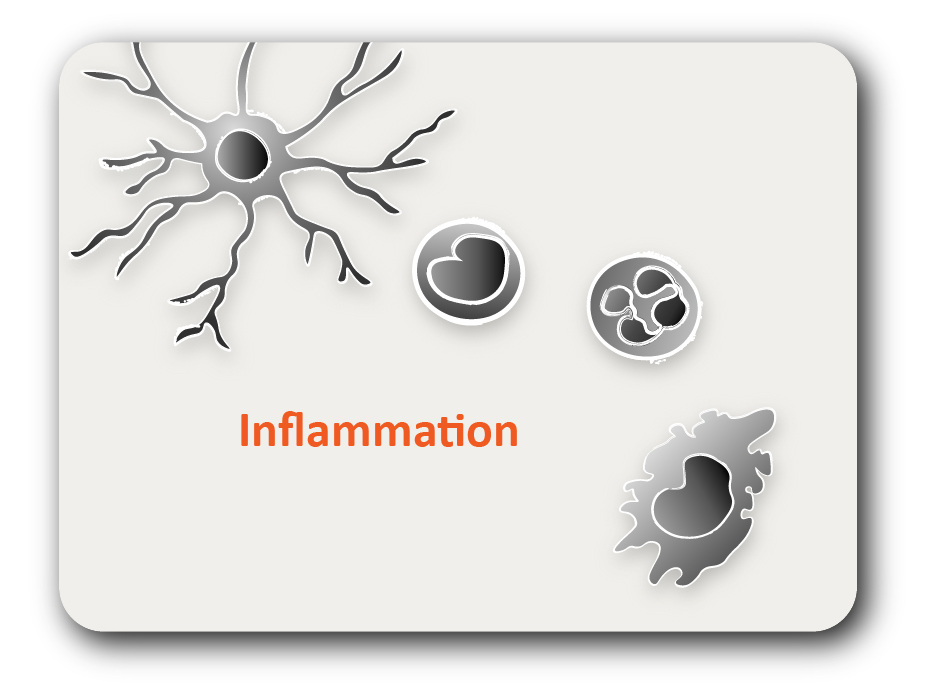ARG45567
anti-H-Ras antibody
anti-H-Ras antibody for IHC-Formalin-fixed paraffin-embedded sections,Western blot and Human,Mouse,Rat
Overview
| Product Description | Rabbit Polyclonal antibody recognizes H-Ras |
|---|---|
| Tested Reactivity | Hu, Ms, Rat |
| Tested Application | IHC-P, WB |
| Host | Rabbit |
| Clonality | Polyclonal |
| Isotype | IgG |
| Target Name | H-Ras |
| Antigen Species | Human |
| Immunogen | Synthetic peptide corresponding to C-terminal region of human H-Ras. |
| Conjugation | Un-conjugated |
| Alternate Names | HRAS; Harvey rat sarcoma viral oncogene homolog; GTPase HRas; C-H-RAS; RASH1; C-HA-RAS1; C-BAS/HAS; HAMSV; Transforming protein p21; H-RASIDX; Ha-Ras; p21ras; CTLO; c-H-ras; H-Ras-1; HRAS1 |
Application Instructions
| Application Suggestion |
|
||||||
|---|---|---|---|---|---|---|---|
| Application Note | * The dilutions indicate recommended starting dilutions and the optimal dilutions or concentrations should be determined by the scientist. | ||||||
| Observed Size | 21 kDa |
Properties
| Form | Liquid |
|---|---|
| Purification | Affinity purified |
| Buffer | 0.9% NaCl, 0.2% Na2HPO4, 0.05% Sodium azide and 5% BSA. |
| Preservative | 0.05% Sodium azide |
| Stabilizer | 5% BSA |
| Concentration | 0.5 mg/ml |
| Storage Instruction | For continuous use, store undiluted antibody at 2-8°C for up to a week. For long-term storage, aliquot and store at -20°C or below. Storage in frost free freezers is not recommended. Avoid repeated freeze/thaw cycles. Suggest spin the vial prior to opening. The antibody solution should be gently mixed before use. |
| Note | For laboratory research only, not for drug, diagnostic or other use. |
Bioinformation
| Database Links | |
|---|---|
| Gene Symbol | HRAS |
| Gene Full Name | Harvey rat sarcoma viral oncogene homolog |
| Background | H-Ras is one of three ubiquitously isoforms of Ras GTPase that operate at the intracellular leaflet of the plasma membrane to regulate multiple signal transduction pathways, such as mitogen-activated protein kinase (MAPK) cascade. H Ras is anchored to the plasma membrane by farnesyl and two palmityl residues. GTP loading decreases H-Ras affinity for lipid rafts and allows the protein to target to nonraft microdomains, the primary sites of H-Ras signaling. Sos protein and other guanine nucleotide-exchange factors catalyze dissociation of GDP from Ras. Besides its roles in the plasma membrane, active H-Ras also diffuses through the cytoplasm on nanoparticles termed rasosomes, which is dependent on Ras palmitoylation. |
| Function | Ras proteins bind GDP/GTP and possess intrinsic GTPase activity. [UniProt] |
| Cellular Localization | Cell membrane; Cytoplasm; Golgi apparatus; Membrane; Nucleus. [UniProt] |
| Calculated MW | 21 kDa |
| PTM | Palmitoylated by the ZDHHC9-GOLGA7 complex. A continuous cycle of de- and re-palmitoylation regulates rapid exchange between plasma membrane and Golgi. S-nitrosylated; critical for redox regulation. Important for stimulating guanine nucleotide exchange. No structural perturbation on nitrosylation. The covalent modification of cysteine by 15-deoxy-Delta12,14-prostaglandin-J2 is autocatalytic and reversible. It may occur as an alternative to other cysteine modifications, such as S-nitrosylation and S-palmitoylation. Acetylation at Lys-104 prevents interaction with guanine nucleotide exchange factors (GEFs).. [UniProt] |
Images (4) Click the Picture to Zoom In
-
ARG45567 anti-H-Ras antibody WB image
Western blot: HEPA stained with ARG45567 anti-H-Ras antibody.
-
ARG45567 anti-H-Ras antibody WB image
Western blot: Rat brain stained with ARG45567 anti-H-Ras antibody.
-
ARG45567 anti-H-Ras antibody IHC-P image
Immunohistochemistry: Mouse intestine stained with ARG45567 anti-H-Ras antibody at 1 μg/ml dilution.
-
ARG45567 anti-H-Ras antibody WB image
Western blot: Mouse brain stained with ARG45567 anti-H-Ras antibody.





